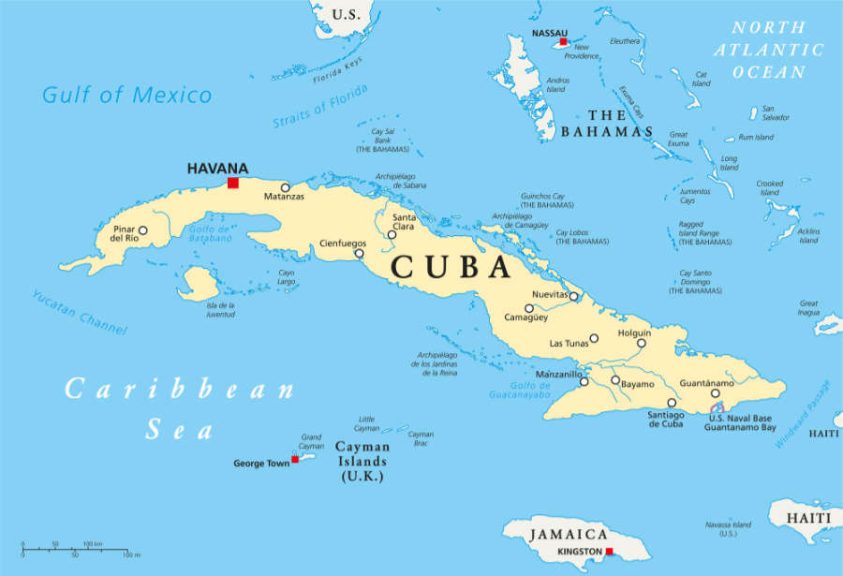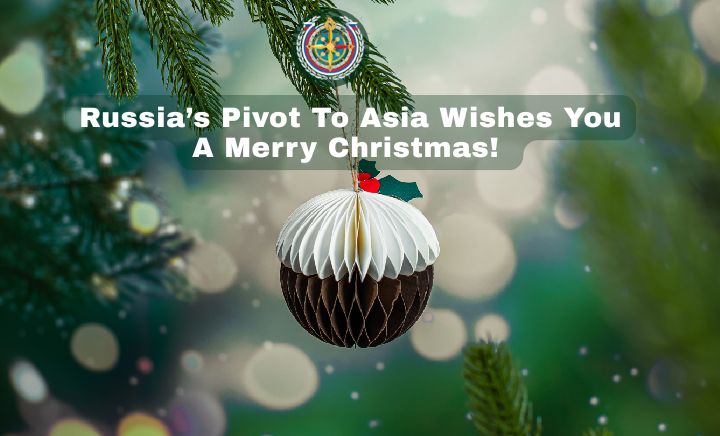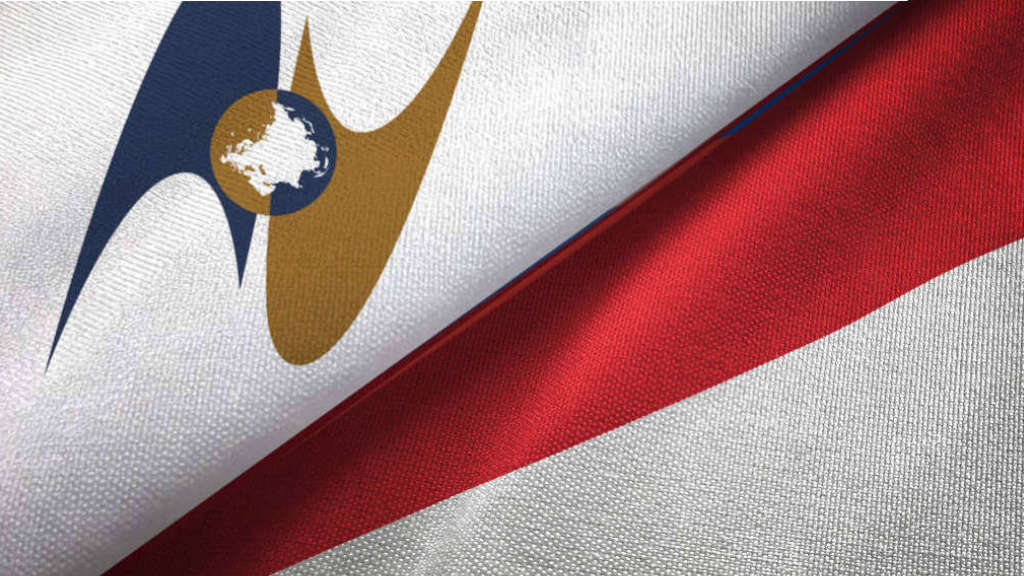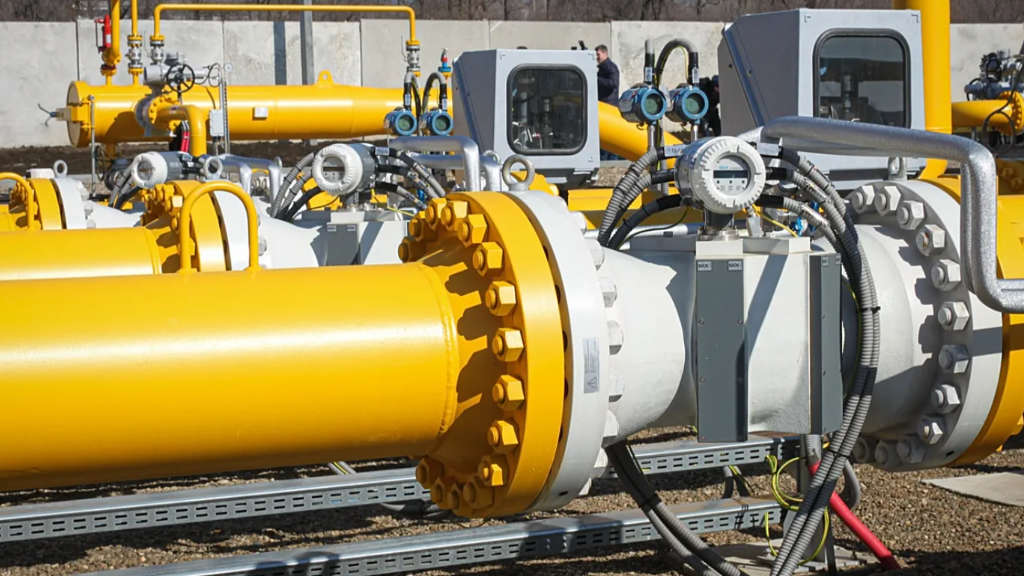Cuba has become a member of the BRICS New Development Bank (NDB) and is expected to obtain access to alternative financing, as the NDB offers credit without the strict conditions of institutions such as the IMF or the World Bank. Cuba has limited access to the dollar-dominated global financial system and is heavily sanctioned by the United States.
Membership may also result in a reduction of dependence in Cuba on the U.S. dollar as the BRICS promotes the use of local currencies and alternative payment systems, which would help Cuba avoid extraterritorial sanctions. The move is both pragmatic, offering new sources of credit, investment, and technology, and highly political, signalling a shift away from dependence on Western markets and norms.
Cuban President Miguel Díaz-Canel said the move to join the NDB is “a great hope for the countries of the South” and a step toward a more just and equitable international order.

Cuba’s joining the NDB also illustrates that Havana is firmly anchoring itself in a multipolar world where rising powers offer economic and diplomatic alternatives to the U.S.-controlled system, while the country’s strategic location at the gateway to Latin America makes it a valuable commercial bridge for BRICS. Projects such as the modernisation of Cuba’s Mariel port could see the port, with BRICS backing, become a trade hub linking the Global South to Caribbean and Atlantic markets.
Cuba has also offered to host an industrial park for the Eurasian Economic Union (EAEU) within the Mariel SEZ. This proposed 50-hectare site would be leased to the EAEU for 50 years, with an option to extend. The park would allow EAEU members to localize production, invest directly, and expand access to Latin American markets. The EAEU includes Russia as well as Armenia, Belarus, Kazakhstan, and Kyrgyzstan. Iran, Serbia, and Vietnam also have free trade agreements with the EAEU, while Indonesia and Mongolia are about to follow suit. Cuba is an official observer to the EAEU and is also a BRICS partner nation.
China and Spain, as well as several Latin American countries, lead in terms of the value of Cuban imports. Cuba purchases oil, spare parts to maintain energy and industrial facilities, meat, grain, food, transportation, and medicines abroad.
Russia supplies Cuba with energy resources, equipment and machinery for thermal power plants, railway cars, vehicles, vegetable oil, and food products. Cuba, in turn, exports tobacco, rum, and other goods to Russia.
Areas for expanding Russian-Cuban cooperation are outlined in the program of cooperation in trade, economic, scientific, and technical spheres until 2030, signed in November 2023. It provides for stimulating the growth of trade and investment and strengthening ties between business communities.
Despite the difficult geopolitical situation, Russian and Cuban partners are looking for alternative ways to expand trade and economic cooperation. The Cuban government is gradually opening up opportunities for private enterprise, which creates prospects for expanding Russian exports.
Currently, the volume of bilateral trade between Moscow and Havana is about US$250 million per year. Cuba has the status of an observer state at the EAEU. According to 2023 data, the trade turnover of the EAEU with Cuba amounted to US$290 million.
Mikael Belluyan, Director of the Integration Development Department of the Eurasian Economic Commission (EEC) has stated that “The Cuban market represents a potential demand for many types of products produced in the EAEU. This includes wheat, poultry meat, chemical products, and mineral raw materials. The possibilities of Cuban supplies of rum, pharmaceutical products and other goods have not been fully realized in the EAEU market.” he said.
Further Reading
Russia Looking to Invest in & Modernise Cuba’s Energy System






